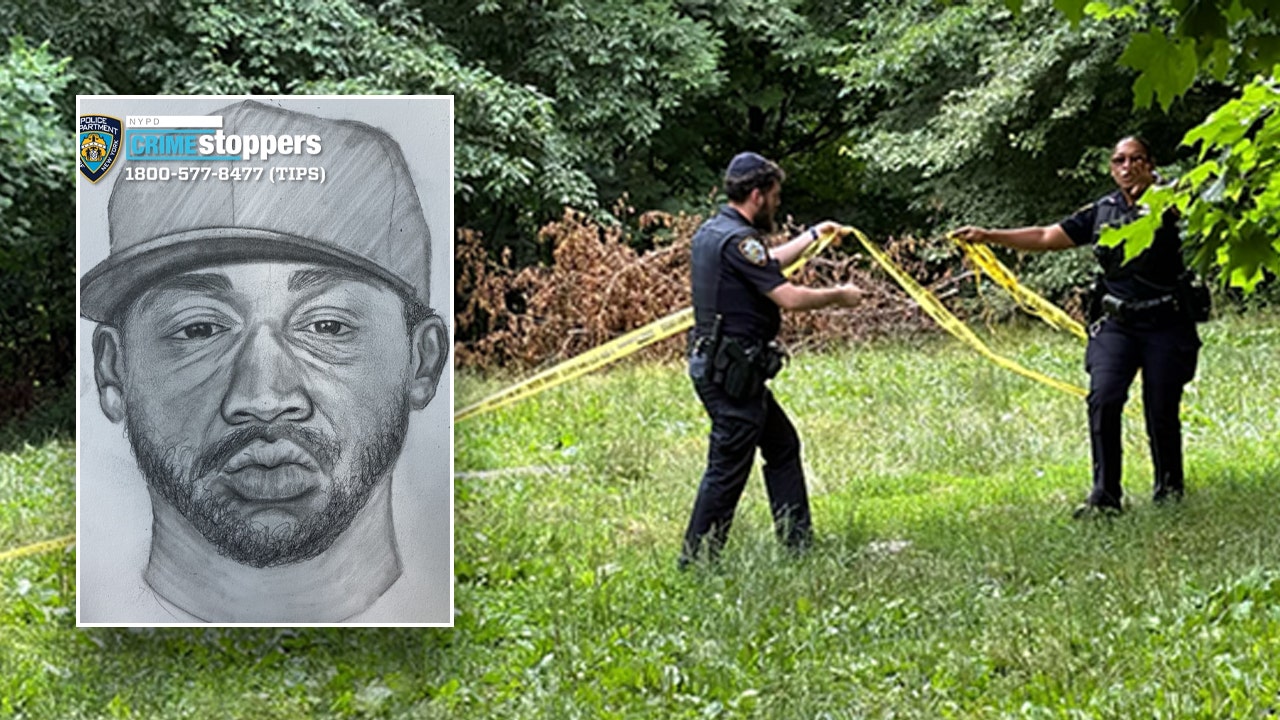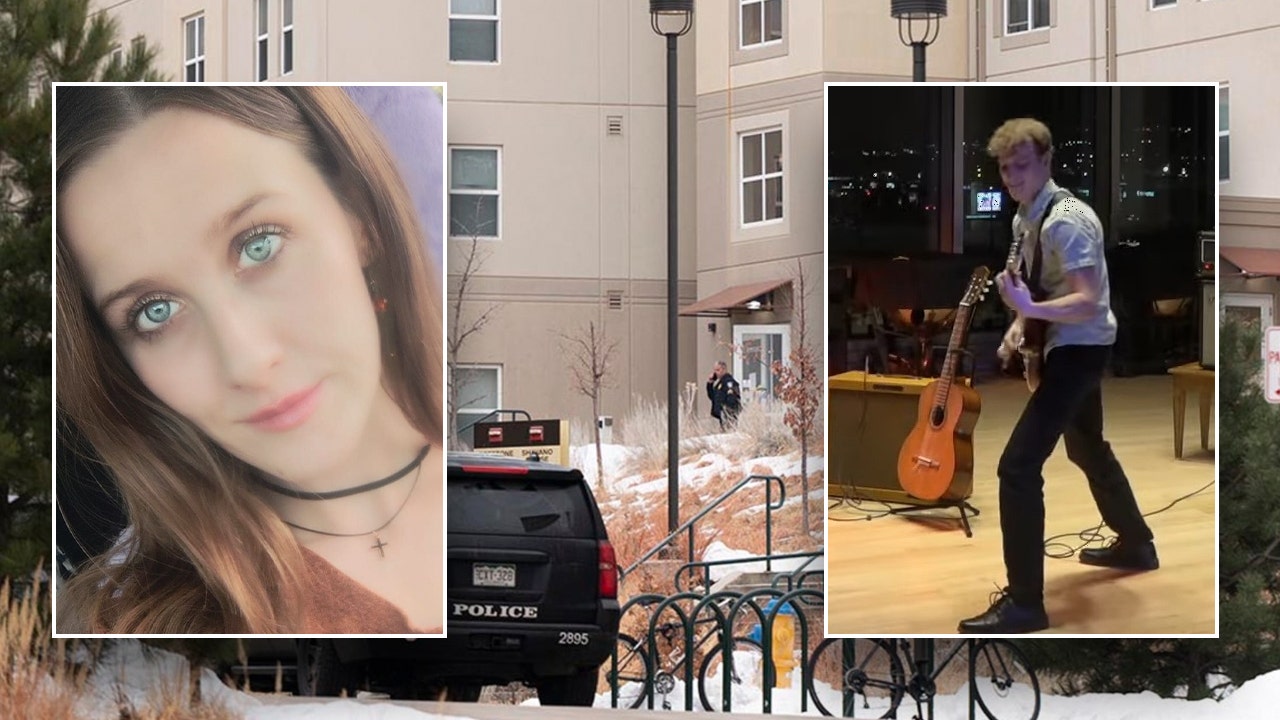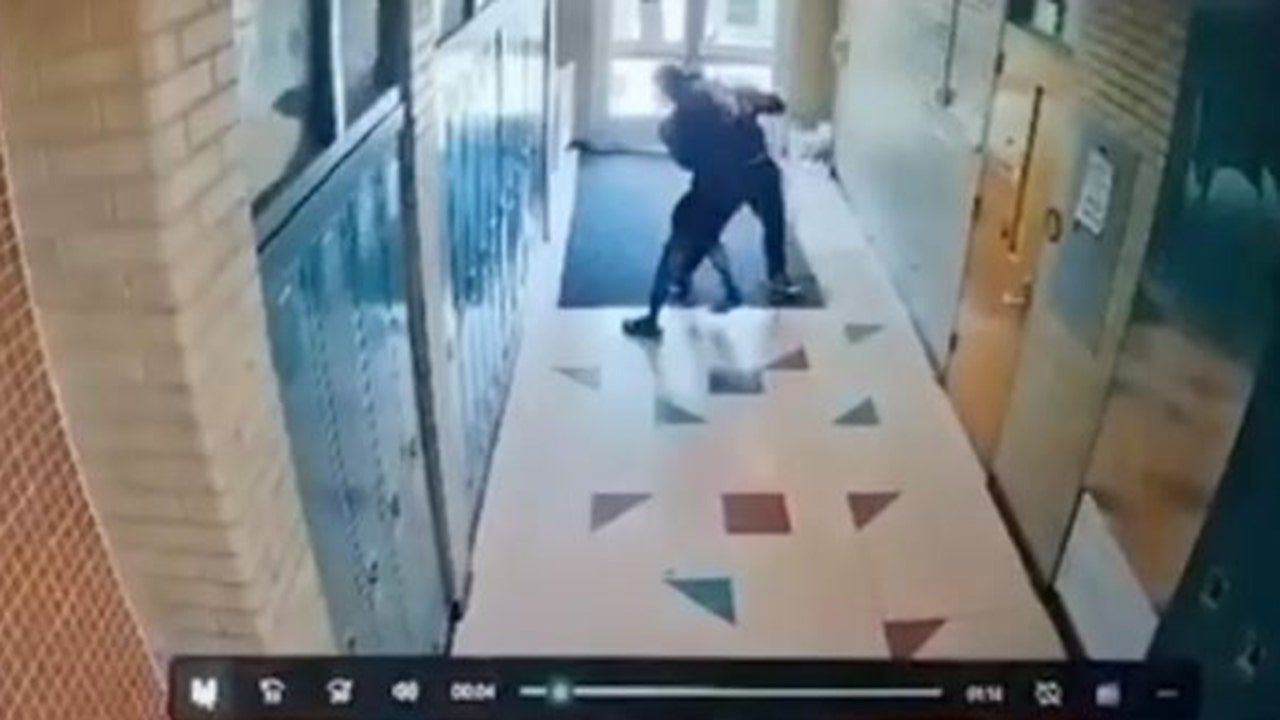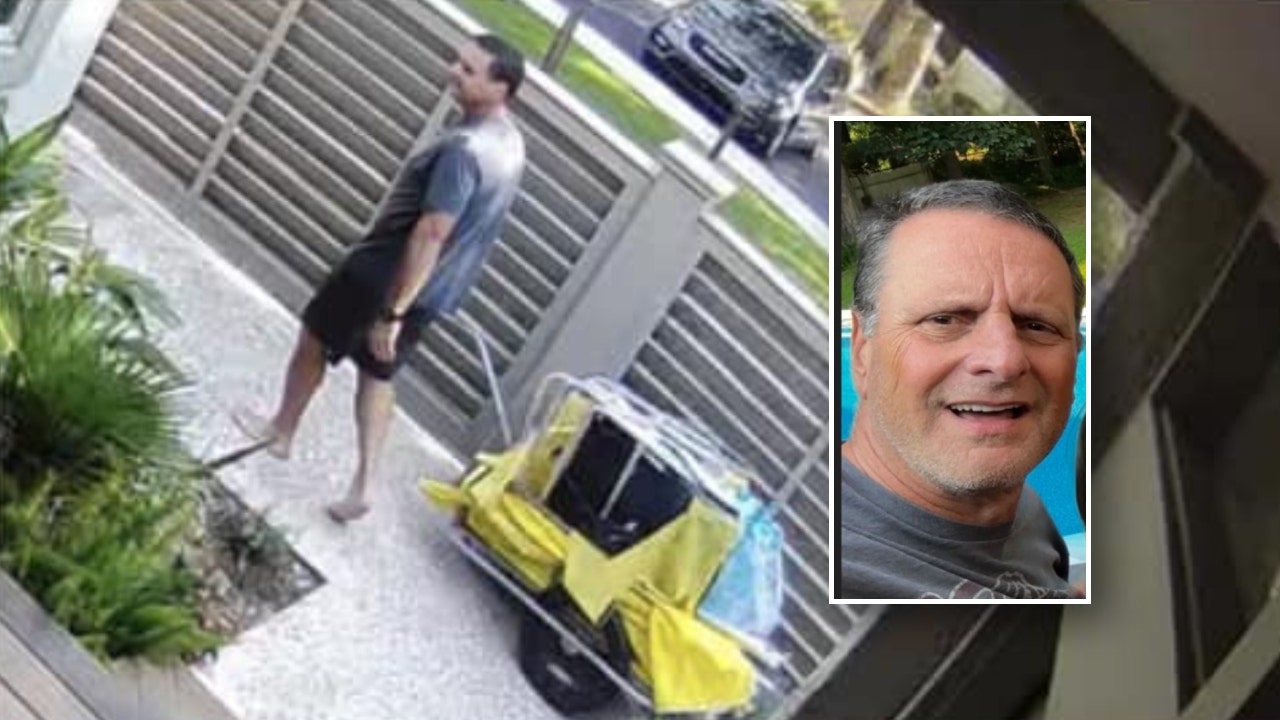It’s Monday. The 20th anniversary of California’s first same-sex marriages. Plus, the state’s fast-food workers have a new union.
History was made 20 years ago today at San Francisco City Hall.
Gavin Newsom, who had taken office as mayor of San Francisco the month before, directed the city clerk to begin issuing marriage licenses to same-sex couples, the first in California. He said he believed that denying gay and lesbian couples the right to marry was a form of discrimination.
More than 4,000 gay couples were married at San Francisco City Hall over the next month, in what supporters called the “Winter of Love.”
The weddings conducted in that monthlong period — Feb. 12 to March 11, 2004 — were voided in August of that year by the California Supreme Court. But they set off a chain of events that eventually led to same-sex marriage becoming legal in California in 2013.
“I will always cherish that sort of collective elation we felt that day, even though everybody there probably knew it may not last,” said Nicholas Parham, who married his longtime partner, James Martin, at City Hall on Feb. 13, 2004. “We thought: Let’s just have fun. Let’s show the world what we want.”
As the story goes, in January 2004, Newsom attended President George W. Bush’s State of the Union address at the invitation of Representative Nancy Pelosi, a longtime family friend. Sitting in the Capitol, Newsom heard the president speak against same-sex marriage.
They had been ruled to be legal in Massachusetts a few months earlier, but weddings had not yet begun there. And Vermont was the only state at the time that allowed civil unions. Newsom, who had been mayor of San Francisco for just 12 days at the time of the speech, decided he wanted to take a stand. He said he felt a moral obligation to open the doors to same-sex marriage.
Unlike many other big-city mayors, Newsom had the power to open those doors: In California, marriage licenses are the province of county government, and San Francisco is both a city and a county, with a single combined government.
“He is president of the United States, and I am just a guy who does stop signs and tries to revitalize parks,” Newsom told The Times in 2004. “I know my role. But I also know that I’ve got an obligation that I took seriously to defend the Constitution. There is simply no provision that allows me to discriminate.”
His decision set off a frenzy in San Francisco, where people lined up for days to tie the knot.
The morning after Newsom took action, Parham asked Martin over the breakfast table if he wanted to get married. Martin was caught off guard — he had just returned from a business trip and hadn’t been keeping up with the news.
The two men had been together since 1981, when they met in a North Carolina newsroom where Martin was working as a reporter. Both men described it as “love at first sight.”
Before that morning, marriage had sounded nice, but sort of “like saying, ‘Wouldn’t it be nice to go roller-skating on the moon?’” said Martin, now 65. But then Parham explained to him what had been happening at City Hall.
“As soon as he said that, I knew what my answer was going to be,” said Martin, who lives with Parham, now 73, in Noe Valley.
Staying married in the eyes of the law was more difficult than just reciting their vows that day.
Their marriage was voided — as were all the others from that initial month in 2004 — when the California Supreme Court ruled that Newsom had overstepped his authority under state law by issuing the licenses.
Martin and Parham married again at San Francisco City Hall in the summer of 2008, after the court ruled that same-sex couples had a constitutional right to marry.
About 17,000 same-sex couples were married that year between June and November, before California voters passed Proposition 8, outlawing same-sex marriage. This time, Martin and Parham’s license and the others issued up to that time remained valid, but no more could be issued.
In 2013, Proposition 8 was struck down in court and gay marriage became legal in California; it has stayed that way ever since.
Public opinion on gay marriage has shifted considerably since 2004. The Supreme Court made gay marriage legal nationwide in 2015, and these days 71 percent of Americans think same-sex marriage should be legal, up from 42 percent in 2004, according to Gallup. The figures are roughly the same for Californians — 40 percent thought so in 2004, and 75 percent do now, according to the Public Policy Institute of California.
“During the historic ‘Winter of Love’ in San Francisco, people of all backgrounds came together to champion human dignity,” Newsom, who is now the governor of California, said in a statement. “In those few weeks, we learned to listen to people, not pundits; focus on fairness, not tradition; and err on the side of inclusion.” He added, “The actions taken by countless individuals garnered overwhelming support for equality and protections everyone deserves.”
Parham and Martin have three anniversaries, they told me. One is for the summer when they fell in love in 1981. One is from their first wedding, on Feb. 13, 2004. And the third is for the June 2008 date on their second, officially valid marriage license.
“Celebrate ’em all — why not?” Parham said.
For more:
And before you go, some good news
Los Angeles has no shortage of grand, breathtaking trees. The city’s landscape, from verdant hillside to winding canyon, is flecked with diverse plantings, like coral trees, gum myrtles, and, of course, the tree that has come to symbolize Los Angeles: the palm.
Ryan Bradley of The Los Angeles Times, who says he is a recent convert to the cult of “tree-heads,” as he calls them, set out to find and catalog the greatest trees in L.A. His criteria were simple: The trees he chose had to be accessible to the public and free to visit, and they had to tell a story about the city. With a photographer, Bradley visited groves across the city, including the one on the Orcutt Ranch in West Hills where he found a coastal live oak that may be the oldest tree in Los Angeles.
The result is a map of 10 trees that Bradley found especially significant, either for their age or for the part they played in the city’s history and development. He also wrote an account of his reporting along the way.
“Trees are like that, existing as they do on a time scale so different from our own; they connect us to a distant past while also bearing witness to a future we will never live to see,” Bradley wrote. He added, “I’ve come to realize that what I believe makes a tree great is not necessarily its size or its age, but its ability to keep on living.”






